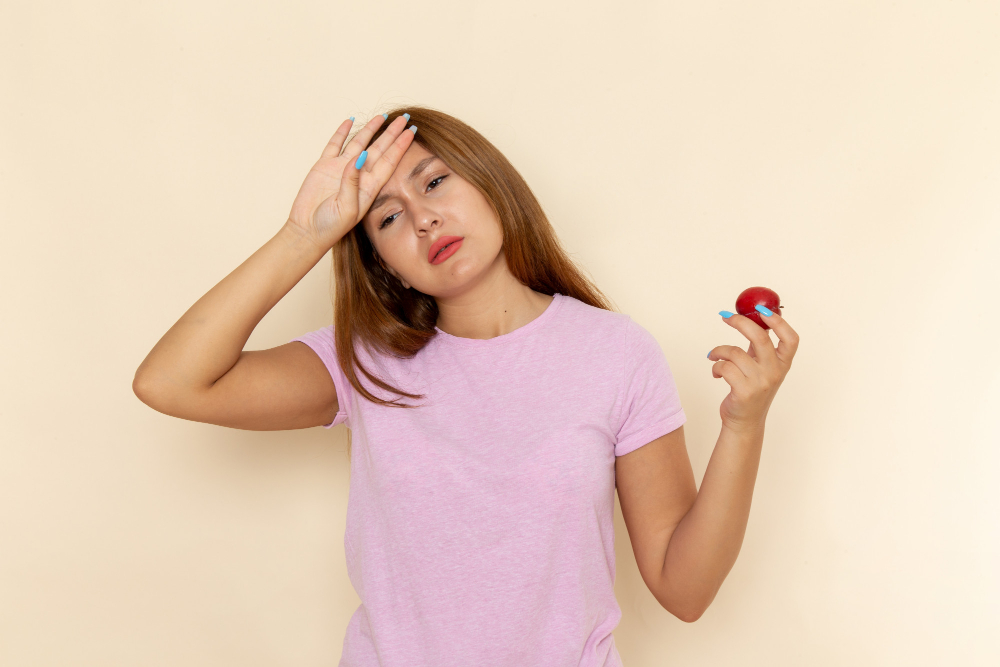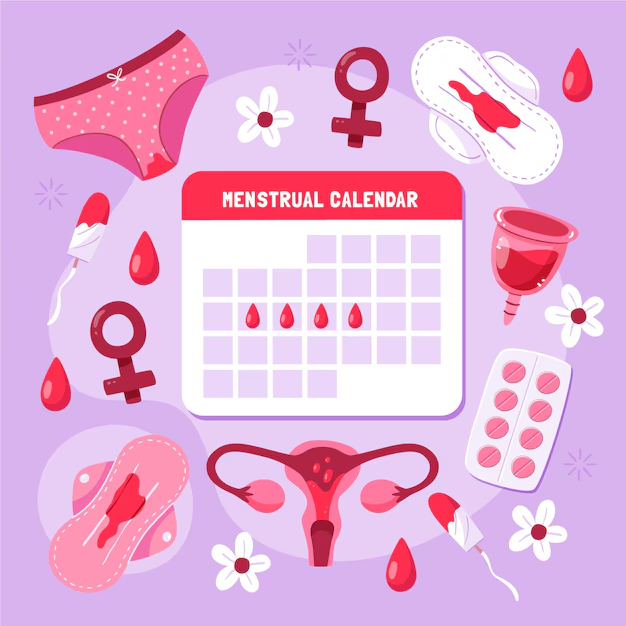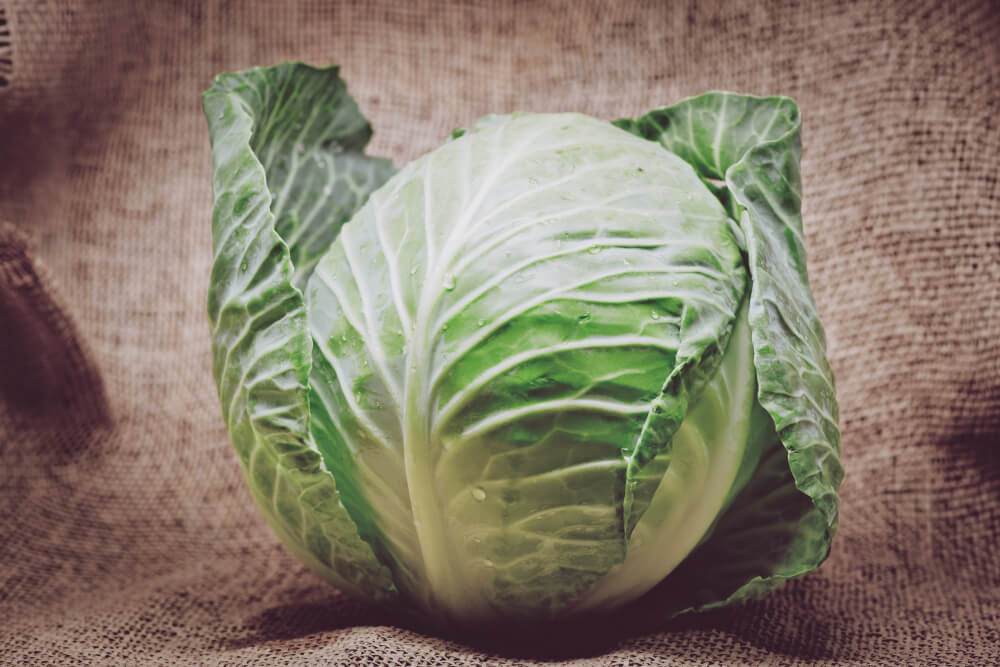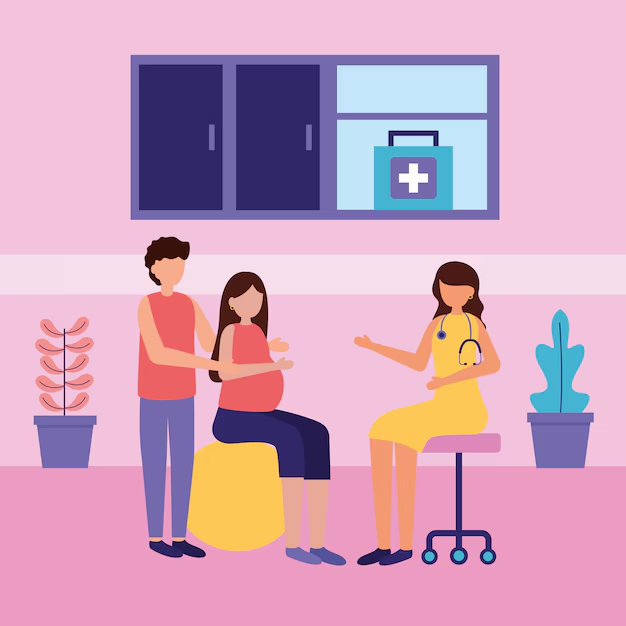Walking as a low-impact workout

When you're on your period, even the idea of moving might feel like a challenge. Fatigue, cramps, and mood swings often make the couch more appealing than a walk around the block. But here’s some good news: walking—yes, simple walking—can be one of the best low-impact workouts for your body during menstruation.
Let’s explore how walking can help you manage menstrual discomfort, improve your mood, and even support a more regular cycle.
Why Walking is Ideal During Menstrual Days
1. Gentle on the Body
Unlike high-impact workouts like running or HIIT, walking doesn’t put extra stress on your joints or muscles. On days when cramps and bloating make it hard to move, walking offers a safe, soothing alternative.
2. Promotes Blood Circulation
Slow, steady movement improves circulation, which can help ease menstrual cramps. Better blood flow also supports oxygen delivery to your muscles, reducing fatigue.
3. Boosts Endorphins
Exercise—even light activity like walking—triggers the release of endorphins, the body’s natural feel-good chemicals. These act as natural painkillers and mood lifters, helping combat period blues and discomfort.
Best Practices for Walking During Your Period
✔ Choose the Right Time
Some people feel better walking in the morning when the body is fresh, while others prefer an evening stroll. Listen to your body and walk when you feel most comfortable.
✔ Dress Comfortably
Wear breathable clothing and supportive shoes. If you’re feeling bloated, choose loose-fitting activewear to avoid adding pressure to your midsection.
✔ Stay Hydrated
Water helps reduce bloating and supports muscle function. Carry a bottle with you and sip as needed.
✔ Don’t Push Yourself
This is not about burning calories or hitting a step goal. Walking during your period should be relaxing and restorative. Go at your own pace—even 10-15 minutes can make a difference.
How Walking Helps Track and Regulate Your Cycle
When walking becomes a regular part of your routine, it may help reduce stress, which is a major factor in irregular cycles. Keeping your stress levels in check through gentle movement can contribute to more predictable periods.
You can also use your walking sessions as a mindful check-in with your body. Tracking how your body feels before, during, and after a walk gives you valuable insights into how your cycle affects your energy levels, pain, and emotional state.
Pair Walking with These Tips for Maximum Relief
-
Apply a heat patch before walking to ease cramps.
-
Do gentle stretches after your walk to prevent stiffness.
-
Track your symptoms in a period app after each session to monitor patterns over time.
Final Thoughts
You don’t need to run a marathon to care for your body during your period. A simple walk can be a powerful act of self-care, helping you reconnect with your body, ease discomfort, and bring balance to your cycle. The next time you're feeling sluggish or crampy, consider lacing up your shoes for a gentle stroll—your body might thank you.
Related Articles

Baby’s development at every stage

Baby development at 9 weeks

Shopping for baby essentials

Understanding Your Cycle: Daily Wins, Challenges, Hormones, and Self-Care

Understanding Vaginal Discharge: What’s Normal and What’s Not

Knowing your boundaries

Baby development at 30 weeks

First Trimester Screening Tests: What You Need to Know